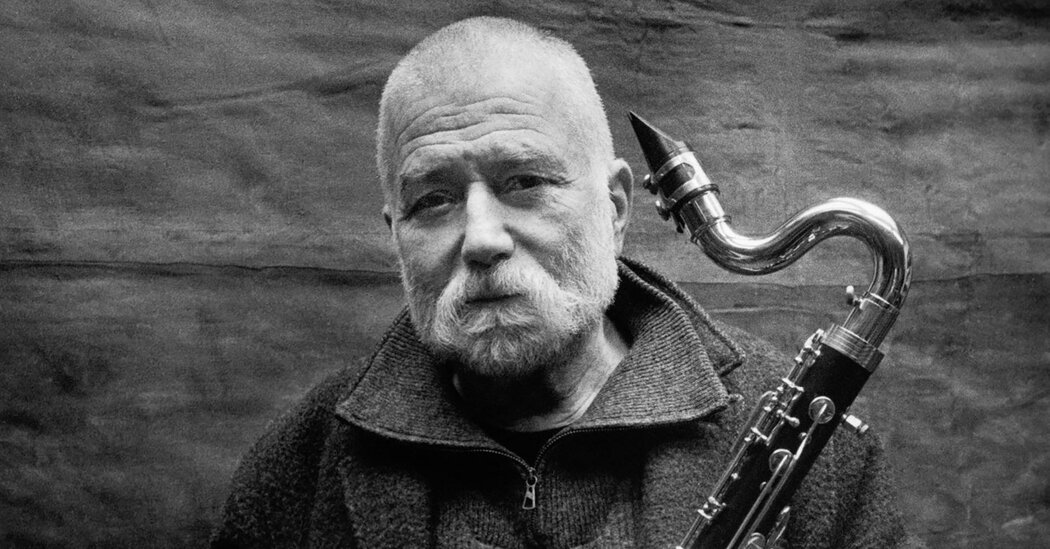
His father, Johannes, a tax officer, had been conscripted into the Nazi Army. Captured by the Russians on the Eastern Front, he didn’t return until 1948, after escaping from a P.O.W. camp in Siberia. Mr. Brötzmann grew up in Remscheid with his family — his father, his mother, Frida (Schröder) Brötzmann, and his sister Mariane — but moved to Wuppertal for school and remained there the rest of his life.
He studied graphic design and visual art in the late 1950s at the School of Applied Arts in Wuppertal, where he created his own fonts: striking, blocky alphabets that he later used on the covers of many of his albums. He had his first gallery show in 1959 and participated in early performances staged by the experimental, interdisciplinary art movement Fluxus. In 1963 he collaborated on the first major exhibition by Nam June Paik, the Korean American artist who would become known for his video work, but who at that point was building musically oriented installations and interactive sculptural objects.
Mr. Brötzmann continued making artwork prolifically even as music assumed a place of priority in his life.
“From the very start, he didn’t love the art-world milieu,” said John Corbett, co-owner of the Corbett vs. Dempsey gallery in Chicago, who began curating exhibitions of Mr. Brötzmann’s artwork in 2003. “But he continued privately making visual art. He was interested in beauty, but it had to be accompanied by a certain kind of honesty and forthrightness.
“He really could not deal with people who were false, with art that was false, and with music that he felt was false,” Mr. Corbett added. “He was quite intolerant of all those things.”
In 1967, Mr. Brötzmann released his first album as a bandleader on his own label, BRÖ. If its title, “For Adolphe Sax,” read like a provocation aimed at the 19th-century inventor of the saxophone, then his next BRÖ album, “Machine Gun,” released in 1968 and credited to the Peter Brötzmann Octet, announced all-out war on everything that had come before.













